Custom Interconnect Ltd uses Her Majesty's Helicopter for vital delivery
Custom Interconnect Ltd Produces Ventilator Electronics that were so vital they used Her Majesty's personal helicopter to deliver them
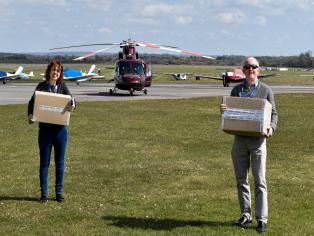
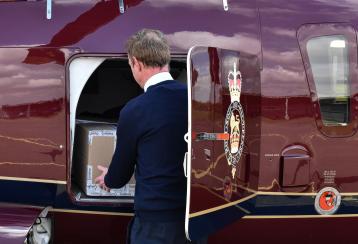
It began with a wartime-style call to arms. ‘Your country needs you’- Prime Minister Boris Johnson in effect told the UK’s manufacturing and medical technology sectors.
The appeal came on 16 March 2020, a week before the UK went into its first full lockdown, when it was feared the NHS’ existing supply of mechanical ventilators might not be enough – not nearly enough – to keep up with the rapidly growing COVID-19 pandemic and the many thousands requiring hospital treatment for serious respiratory problems.
If the events of spring 2020 seem like a lifetime ago, you’re probably not alone in that feeling. But while the pandemic has had more twists than the average Agatha Christie novel, a team of engineers and medics has been quietly and steadily working round the clock on an answer to the global need for ventilation. While streets were empty and workplaces deserted, this team continued to develop and refine, to raise funds and plan distribution.
The customer in question was OxVent, comprising researchers from Oxford University and King’s College London (initially they worked alongside Hull-based medical manufacturing firm Smith and Nephew as part of the UK Government’s ‘ventilator challenge’). Behind these UK academic and medical giants, Custom Interconnect Ltd in Hampshire was engaged to manufacture 7,200 sets of electronics for the OxVent Ventilators. Even before the full manufacture started, CIL supplied the bare boards which coincided with the very first country wide lockdown weekend. Bare boards were hand delivered to CIL at 23.30 on a Saturday night and hand delivered to Oxford University at 07.00 Sunday morning, as time was of the essence. The surreal drive to Oxford that Sunday morning at 06.30am, when not a car was seen on either side of the dual carriageway for 30 miles in both directions - the lockdown was total and there were police roadblocks on entry to Oxford. The board designs both proved successful, minor iterations made and prototype manufacture commenced less than 3 days later. On the Thursday before Easter Bank Holiday they were a kit of parts sitting in boxes in CIL stores and on Good Friday with almost all of CIL staff working on the project the prototype assembly commenced. This involved SMT Assembly, 3D Automatic Optical Inspection (AOI), Flying probe test (FPT) and the thru-hole soldering. Even though these were fast turnaround prototypes, full production was to follow right behind them, so even the prototypes were manufactured to ISO1345:2016 quality standards.
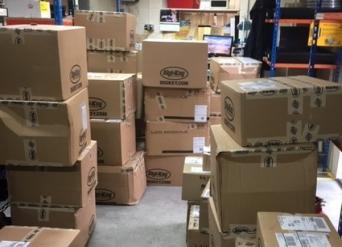
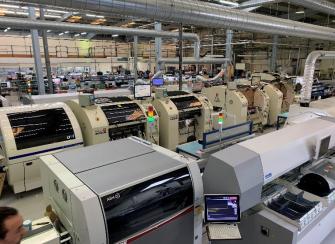
Whilst all of this was going on CIL Managing Director John Boston and his commercial team were in constant communication with both Oxford University and Smith + Nephew to keep them updated of progress and coordinating delivery of the assemblies. Looking back on this period it was believed that every day and in fact hour saved would make a difference. So, first option for delivery would be a “fast car” to get the set of prototype assemblies to Smith + Nephew in Hull on Saturday, ready for full medical approval tests on the Monday. When all parties realised this would not be expedient enough, the UK Government got involved on Good Friday and following mutliple calls between CIL and the RAF eventually this culminated in Her Majesty making her own personal helicopter available to speed up the delivery of these ventilator systems. Good Friday went by in a blur of an 18-hour day and Saturday morning beckoned with very last-minute component delays from both the US and European suppliers nearly stopping delivery. By 12.00 on Easter Saturday when most of the rest of Britain was observing almost total lockdown, John took the call “Is that Mr John Boston, do I have your permission to spool up Her Majesty's helicopter?” Obviously, the answer was “yes” and approximately 30 mins later it landed at a small airfield in Hampshire near to CIL. Very short pleasantries were exchanged between CIL and the pilots and then just like that they took off and departed to Humberside where they landed less than 60 minutes later.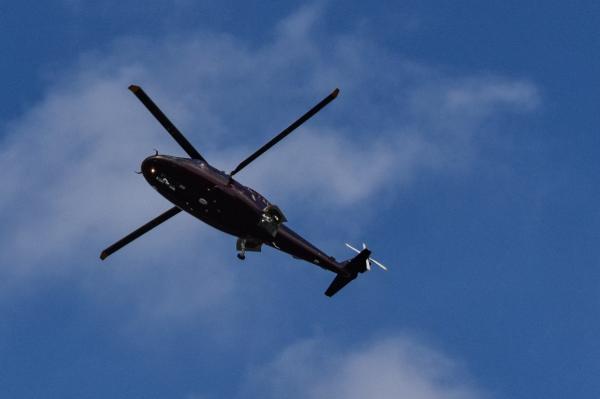
CIL went back to work for the remainder of the Easter Bank Holiday and lock down weekend and prepared for full production of 7,200 systems. CIL went on to get involved in two further ventilator programs, multiple Covid-19 related medical products as well as looking after its existing customer demands. Being involved in UK call to arms for life saving medical electronics, sustained 18-hour days for almost 10 weeks, delivery of product in the dead of night and culminating in the use of Her Majesty's helicopter are unlikely to ever be matched again. The first assemblies of ISO13485 qualified product went from component delivery into CIL on the Thursday to delivered to the customer by 13.30 on the Saturday, whilst most of the rest of the UK was in full lockdown
Happily, those initial fears about the UK’s ventilator capacity and the health system’s ability to cope with rising hospital admissions were not borne out – and OxVent’s technology was not required domestically. But the company’s founders remain determined to help countries around the world during the COVID-19 pandemic and beyond. CIL still fully supports OxVent is its venture to distribute its life saving technology to countries around the world.